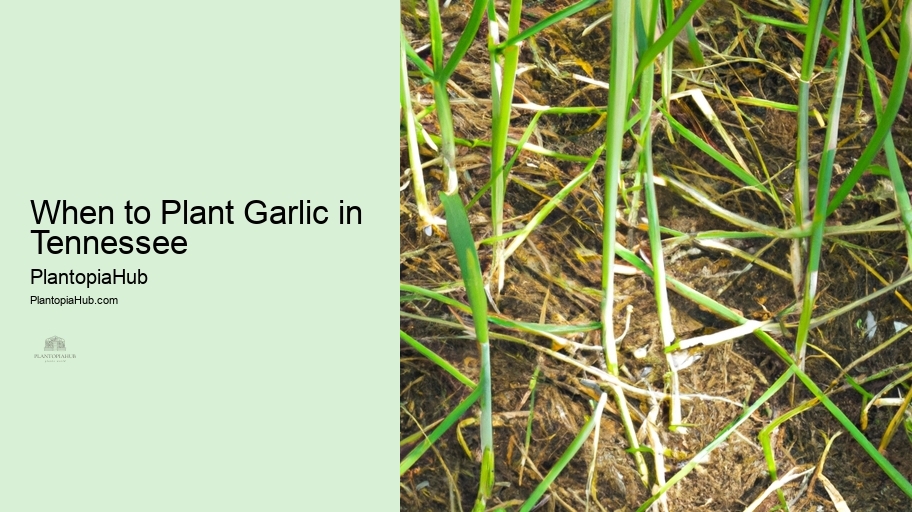

Understanding the perfect timing for planting garlic in Tennessee is crucial for gardeners aiming to harvest plump, flavorful bulbs. The state's unique climate dictates that garlic planting should ideally occur in the fall, several weeks before the first frost. This timing allows garlic to establish roots while the soil is still warm, yet provides a dormant period over the winter that is essential for bulb development.
Selecting the right planting date is just the beginning. Gardeners must also consider the specific microclimate of their gardening space, as Tennessee encompasses a range of climatic conditions from the Appalachian Mountains to the Mississippi River plains. Best Time to Plant Garlic in Tennessee: A Seasonal Guide . Local weather patterns and the specific location of your garden can influence the best planting time within this window.
For optimal results, aim to plant garlic in late September to October in Tennessee. This period ensures that your garlic will benefit from cooler temperatures while avoiding the heat stress of summer. Paying attention to local frost dates and adjusting your planting schedule accordingly can lead to a successful garlic harvest the following summer, providing your kitchen with a staple ingredient grown right in your backyard.
When selecting garlic varieties for Tennessee, it's crucial to consider the local climate. The state's diverse weather conditions, from hot summers to cold winters, require adaptable garlic types. Varieties like "Music" and "Chesnok Red" thrive in Tennessee's climate. These robust cultivars exhibit excellent disease resistance and yield dependable harvests.
Furthermore, softneck varieties such as "Inchelium Red" and "Silver White" are suited for milder regions of Tennessee. They're known for their easy braiding, making them popular choices for market growers. Carefully assessing your local climate is the first step toward a successful garlic harvest in Tennessee.
In conclusion, adaptability is key when choosing garlic varieties for Tennessee. Consult with local agricultural experts or your county extension office for personalized recommendations based on your specific microclimate and goals.
Garlic CloveTiming is everything when it comes to planting garlic in Tennessee. Typically, the best planting dates fall between late September and early November. Farmers' Cooperative Organizations This timeframe allows garlic cloves to establish roots before winter and ensures robust growth in the spring.
However, specific planting dates may vary depending on your location within the state. In warmer areas, earlier planting in September is advisable, while cooler regions can benefit from a late October start. To pinpoint the perfect planting window, monitor local temperature trends and consult the USDA hardiness zone map for Tennessee.
To sum up, choosing the optimal planting dates for garlic in Tennessee is a crucial step in ensuring a successful harvest. Local climate and conditions should guide your decision to maximize your garlic crop's potential.
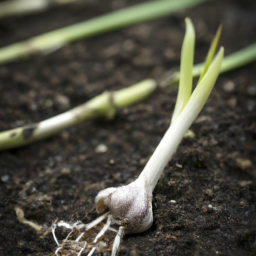
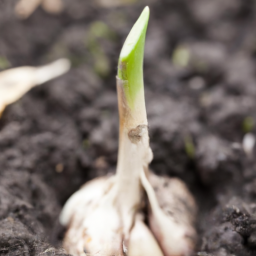
Garlic's success begins with the soil it's planted in. In Tennessee, preparing your soil correctly is essential for healthy garlic growth. Start by selecting a well-draining site with full sun exposure. Agricultural Equipment for Garlic Farming Loamy, well-aerated soil is ideal for garlic cultivation.
Begin soil preparation in late summer or early fall. First, remove any weeds and debris from the planting area. Next, enrich the soil with organic matter like compost or well-rotted manure. Garlic thrives in slightly acidic soil with a pH between 6.0 and 7.0. Conduct a soil test to ensure the pH is within this range.
In conclusion, soil preparation is a critical factor in successful garlic farming in Tennessee. Investing time and effort in this stage will pay off with healthy plants and bountiful harvests.
Proper garlic planting depth and spacing are key factors in achieving a successful harvest in Tennessee. When planting garlic, ensure that each clove is planted at a depth of 2-3 inches below the soil surface. Planting too shallow can expose cloves to freezing temperatures, while planting too deep may hinder growth.
Adequate spacing is equally important. Space individual garlic cloves approximately 4-6 inches apart within rows, leaving 12-18 inches between rows. This spacing allows for optimal air circulation, reduces the risk of disease, and ensures each bulb has enough room to grow.
In conclusion, paying attention to garlic planting depth and spacing in Tennessee soil is vital for a successful crop. Properly spaced and planted garlic cloves will result in healthy, vigorous plants and higher yields.

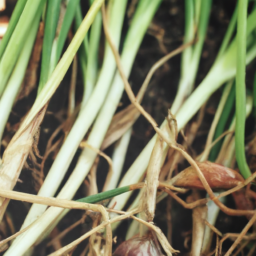
Effective watering strategies are crucial for garlic cultivation in Tennessee's variable climate. During the fall and winter, when garlic establishes roots, monitor soil moisture levels and provide supplemental irrigation if the soil becomes excessively dry. Aim to keep the soil consistently moist but not waterlogged.
In the spring, as garlic begins active growth, adjust your watering routine.
To sum up, tailoring your watering strategy to the specific season is essential for successful garlic farming in Tennessee. Adequate moisture management will result in robust, healthy garlic bulbs at harvest time.
Fertilization is a critical aspect of garlic cultivation in Tennessee. Start by conducting a soil test to determine nutrient deficiencies. Generally, garlic benefits from a balanced fertilizer with equal parts nitrogen, phosphorus, and potassium. Organic Pesticides Apply fertilizer in the fall, just before planting, to provide essential nutrients for root development.
Additionally, consider using organic amendments like compost or well-rotted manure to improve soil fertility. Organic matter enhances soil structure and nutrient retention, contributing to healthy garlic growth throughout the growing season.
In conclusion, meeting the fertilization needs of your garlic crop is essential for achieving robust yields in Tennessee. Properly nourished plants are more resistant to pests and diseases, ensuring a successful harvest.
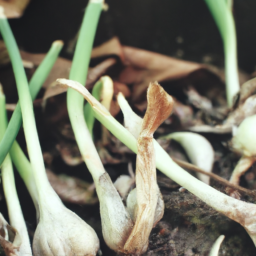
Crop insurance is essential for garlic farmers in Tennessee because it provides financial protection against unforeseen events that can impact crop yields, such as adverse weather conditions or crop failures. By investing in crop insurance, garlic farmers can secure their income and minimize potential losses, ensuring financial stability and peace of mind during challenging seasons.
Creating a customized garlic planting calendar for your Tennessee location involves considering factors like frost dates, local climate variations, and the garlic varieties you plan to grow. Start by determining the average date of the first fall frost and work backward to establish planting dates. It's important to align your calendar with your specific microclimate and garlic variety requirements, ensuring the best timing for planting and harvesting.
To protect your garlic crop from winter frost in Tennessee, consider applying a thick layer of mulch, such as straw or leaves, around your garlic plants in late fall. This mulch acts as insulation, preventing the soil from freezing and safeguarding the garlic bulbs. In extremely cold regions, you can also use row covers or cloches to provide additional frost protection. Be sure to maintain proper airflow to avoid condensation, which can lead to mold and rot.